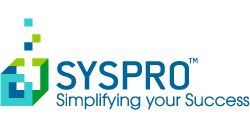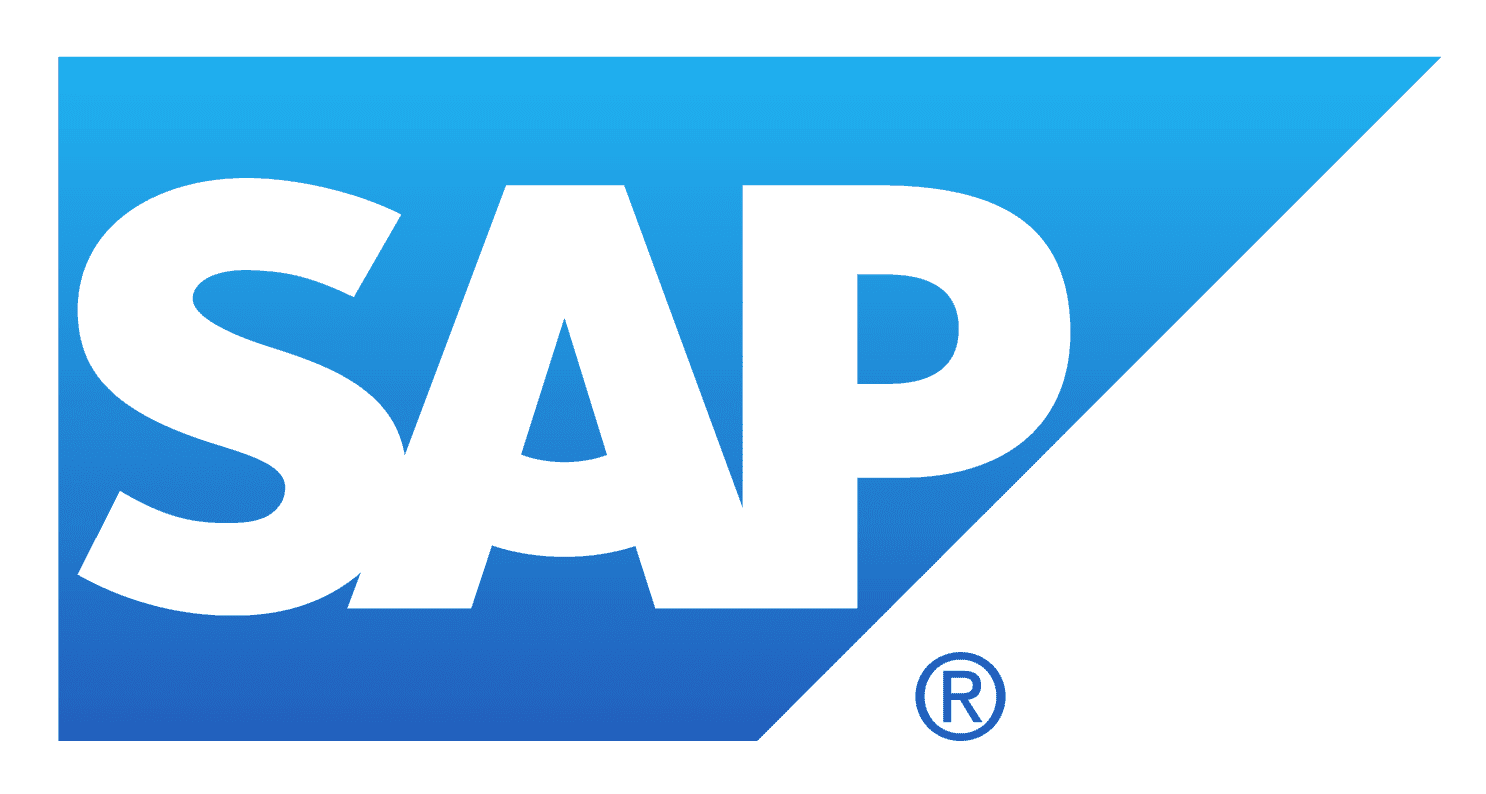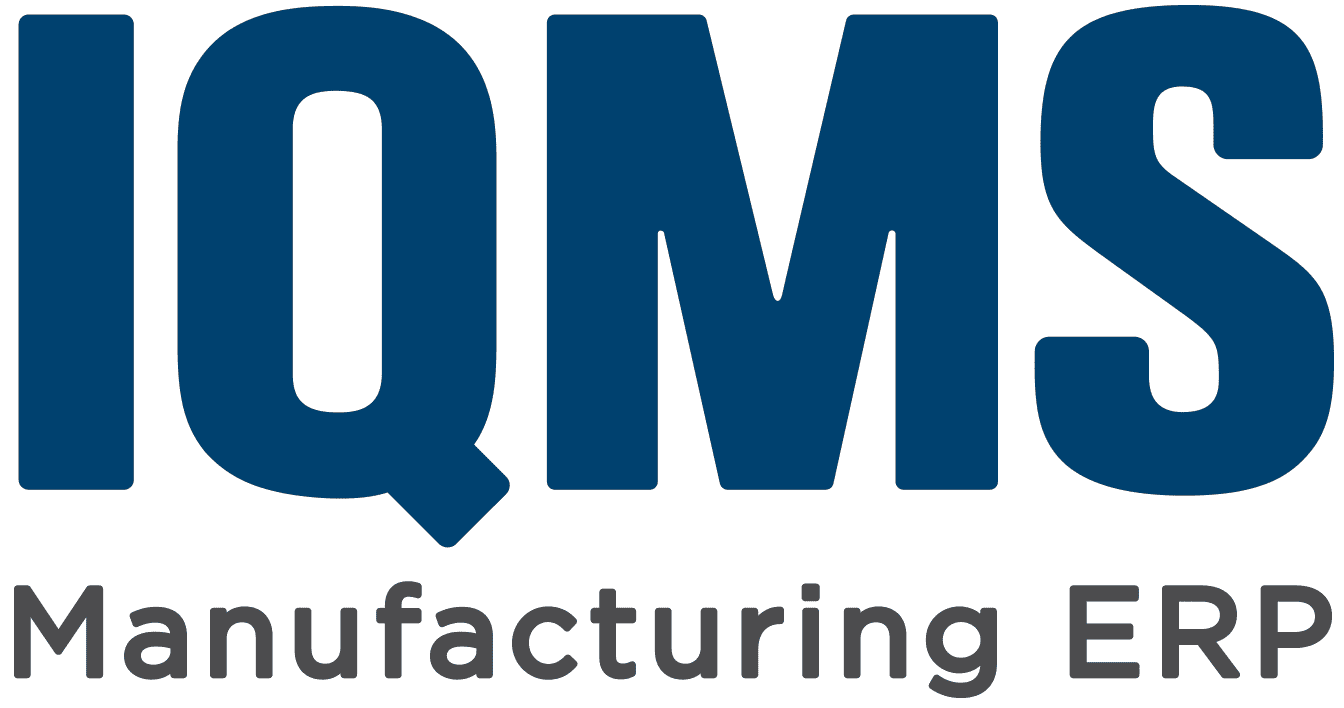Driving Business Forward Through People, Processes and Technology.
Expert digital transformation consulting to improve operations, manage change and deliver bottom-line results.

How Can We Help?
At Ultra Consultants, we help companies unlock their full potential through value-based digital transformations. With our decades of experience in process optimization and technology enablement, our expert consultants provide actionable insights and unbiased recommendations that drive growth and maximize efficiency. We focus on delivering real value through project management, guiding you every step of the way—from strategy to implementation.
Transform Business Processes
Our business process improvement consultants assess where you are now and provide a clear roadmap to where you want to go. Let’s align your business goals with technology for lasting success.
Select the Right Technology
We'll guide you through the complexities of ERP, WMS, MES, CRM and more, helping you select the best fit for your unique needs. Our software selection consultants provide the tools you need to know you're making the right decision.
Minimize Implementation Risk
Accelerate time-to-benefit and mitigate risks during implementation. Ultra’s software implementation consulting services focus on delivering your project on time and on budget, meeting your business goals and setting you up for immediate and long-term success.
Maximize
ROI
Make sure your technology investment delivers real returns. Our business value realization service lets you track performance, optimize usage, and ensure your digital transformation strategy continues to drive additional value long after implementation.
Customer Success
Pacific Plumbing Supply Company
Stoughton Trailers
Independent ERP consultants, working for you.
Our team of ERP consultants can guide you through the business transformation process, helping you discover, determine and implement the best solution for your unique needs.







Tailored Digital Transformation Consulting for Manufacturing & Distribution
Digital Transformation goes beyond just selecting the right software—it’s about optimizing all areas of your operations. Ultra Consultants provides end-to-end digital transformation consulting that ensures your digital strategy achieves your business goals. Leverage our deep industry experience to create a custom roadmap for a successful digital transformation success—transforming not just your technology, but your entire business.
Industrial
Food & Bev
Metal Fab
Distribution

Unlock the Power of Digital Transformation:
Tools for Your Digital Strategy
Unlock the Power of ERP:
Tools to Maximize
Your ERP Experience
Digital Transformation Success from the Ultra Experts
Driving business performance.
We get results.
Digital Transformation isn’t just about technology. Our unique methodology ensures that your company gets the maximum value from its investment, delivering tangible results at every stage.
- Business Process Improvement (BPI) builds a foundation for your transformation.
- Enterprise Technology Selection determines the best-fit solution.
- Implementation Management shortens time-to-benefit and reduces your risk.
- Change Management ensures a smooth transition and full user adoption.
- Business Value Realization maximizes return-on-investment and ensures your organization continues to benefit from your solution.
Experts in your industry.
We know your business.
For over 30 years, we’ve helped businesses across a wide range of industries achieve digital transformation success. While primarily serving manufacturing and distribution, our expertise extends to healthcare, government and retail too!
Our team brings deep industry knowledge and experience to every project, understanding your unique challenges, goals and processes. The result is a specialized solution that delivers the most benefit and greatest performance improvement.
Independent, unbiased and trusted.
We put you first.
Ultra’s independent digital transformation consultants provide unbiased recommendations. Our team is invested in your success—without obligation to any particular system or software provider.
Our team is made up of full-time consultants with decades of hands-on experience and industry expertise. We set up teams to leverage experience for our clients, with each engagement following our rigorous methodology customized to your needs.
Digital Transformation Resources
Industrial Manufacturing Trends for 2025: Key Insights to Stay Ahead in Industrial Equipment Manufacturing
As we move farther into 2025, industrial equipment manufacturing (IEM) continues to evolve through innovative…
The Role of Automation and Technology Integration in Manufacturing Digital Transformation
The industrial landscape continues to evolve and experience periods of significant growth. Once viewed as…
The Importance of Digital Transformation & How it Unlocks Business Growth
Staying competitive in business is essential to keep a company successful. Today’s world is a…
Questions about Digital Transformation Consultants
A digital transformation consultant brings expertise in guiding organizations through the complex process of adopting new technologies and improving business processes. The digital transformation consultants at Ultra help you define your digital strategy, select the right tools, and ensure the seamless integration of technology into your operations. With their experience, you can avoid common pitfalls, reduce risks, and achieve faster, more effective results.
Our digital transformation consultants works with your team to analyze your current processes, identify inefficiencies, and design solutions that streamline operations. Then—by leveraging the right technology—you can automate tasks, enhance communication, and provide data-driven insights to improve decision-making. Ultimately, our goal is to make your business more agile, competitive and successful.
The technology solutions a consultant recommends will depend on your specific business needs and goals. They will assess your current systems and processes, then suggest tools that align with your objectives—whether it’s Enterprise Resource Planning (ERP) software, customer relationship management (CRM) systems, Manufacturing Execution Systems (MES), Warehouse Management Systems (WMS), or other enterprise software solution. The consultant will ensure these solutions integrate seamlessly into your existing workflows, enhancing productivity and creating long-term value.
A key part of a consultant’s role is change management. We’ll help prepare your team for the transition by building a comprehensive plan for training, support, and clear communication about the benefits of new technologies. By involving your staff in the process and addressing any concerns, you can ensure smooth adoption and minimize resistance.
What ERP Consultants Do and Why They Matter
Ultra Consultants has a long history of providing ERP consulting expertise to companies as part of their digital transformation journey. But what exactly does an ERP consultant do?
ERP consultants help businesses implement and optimize ERP systems. These professionals have specialized knowledge of ERP software, and they guide organizations through the entire process—from selection to implementation and ongoing support. Their expertise ensures that companies can harness the full power of ERP solutions to streamline operations, improve decision-making, and drive business growth.
At Ultra Consultants, the main responsibility of our ERP consultants is to understand your unique needs and challenges. To ensure that your new ERP system delivers the greatest impact for your business, our methodology starts with a thorough assessment of your current systems, workflows, and processes. We identify gaps or opportunities for improvement that you can address with your ERP solution. Our in-depth understanding of the variety of ERP platforms on the market allows us to identify which system best aligns with your organization’s goals.
Beyond selection, ERP consultants manage the complex implementation process. Ultra can oversee the integration of the ERP system with existing technologies, ensuring a smooth transition with minimal disruption. This includes a comprehensive change management plan, setting up the data migration process, and ensuring that the system is configured to meet your specific business requirements.
Plus, our ERP consultants provide ongoing support and optimization, helping your business adapt to new features or address new challenges as your business grows. This guidance ensures that our clients continue to maximize the value of their ERP system long after its launch.
Hiring an ERP consultant ensures that you select the right system for your business needs and that the implementation process is smooth and efficient. Ultra Consultants’ team of ERP consultants bring specialized knowledge of ERP systems, helping you choose the best fit based on your unique challenges and goals. They also manage the entire implementation process, ensuring it aligns with your business operations, and reduce the risk of costly mistakes or delays.
An Ultra ERP consultant will start by assessing your current business processes, identifying pain points, and understanding your long-term objectives. Based on this analysis, they’ll recommend the most suitable ERP solutions that align with your goals, industry needs, and budget. Their experience with multiple ERP platforms means they can provide valuable insights and avoid common pitfalls, helping you choose a system that will deliver the most value and performance improvement.
During implementation, an ERP consultant is responsible for overseeing the entire process—from system configuration to data migration and integration with existing software. They ensure that the ERP system is tailored to meet your business requirements and that the transition is smooth, with minimal disruptions to daily operations. Consultants also provide training to your team, ensuring they are comfortable using the new system and can maximize its capabilities.
Post-implementation, ERP consultants offer ongoing support and optimization. Consultants also monitor system performance and provide recommendations for improvements, ensuring your ERP system continues to deliver maximum value.



















